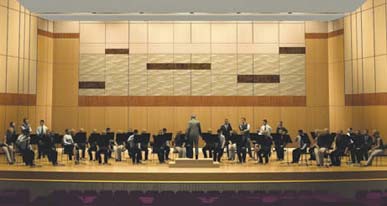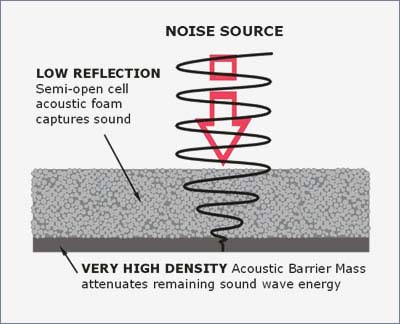Sound Waves - Air Compression
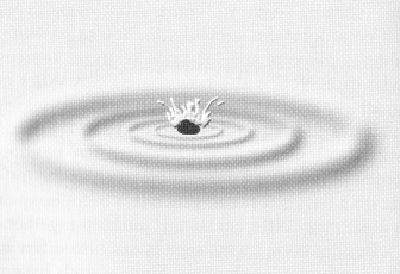
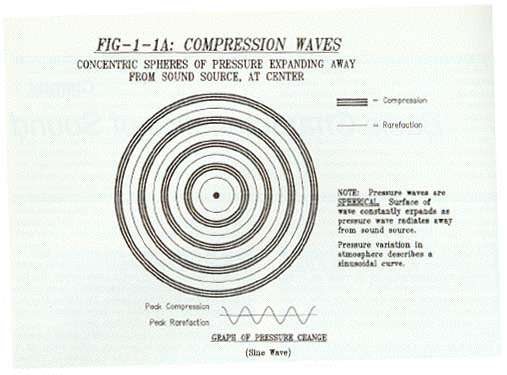
Phasing
Diagram of sound
pressure movement
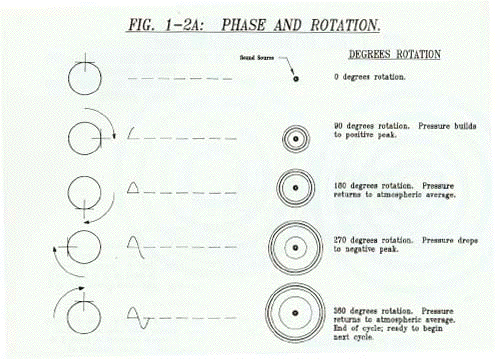
TH 1551
Sound for the Theatre
Sound Terminology
Sound Waves - Air Compression
Phasing
Diagram of sound pressure movement


Amplitude
Intensity of frequency, height of sine wave = Volume
Change in height of peaks (number of cycles per second remains the same)
Volume measured in decibels (dB).
More dB = more Volume.
0 dB is arbitrarily set at the threshold of hearing
Contrasting Sound Wave Graphics
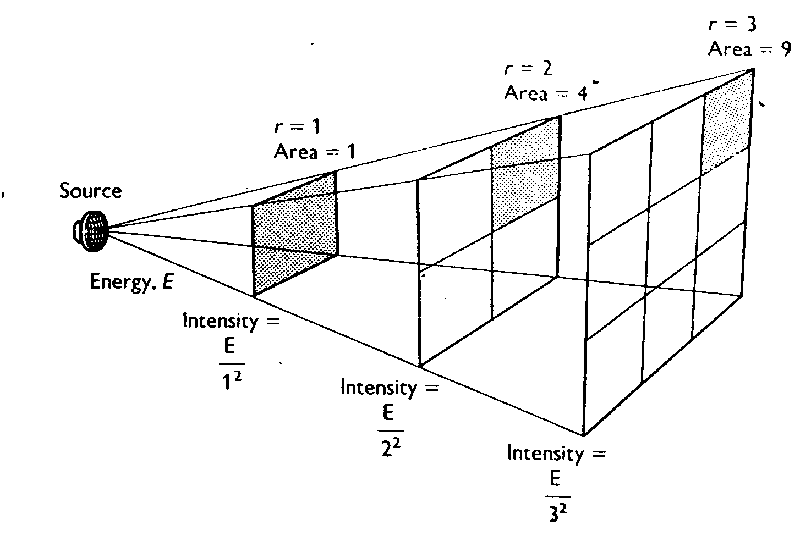
Harmonics
Equal division of Cycles
Doppler Effect
Sound approaching appears to increase in
pitch
Sound waves are compressed creating the illusion of more cycles per second.
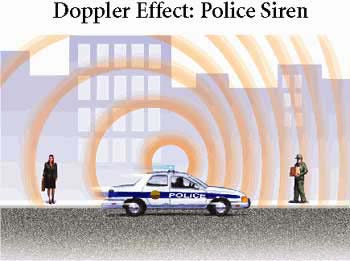
The Human Ear
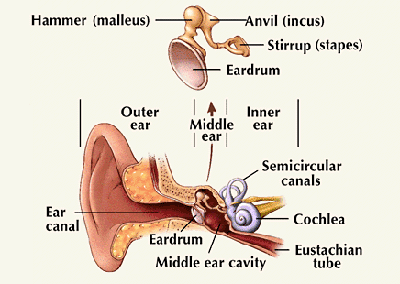
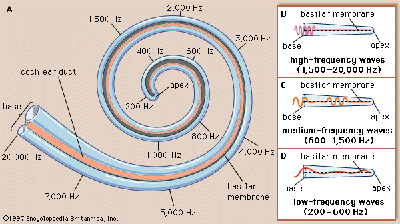
Cross section of Cochlea
Discernment
Ears are located on the sides of human heads
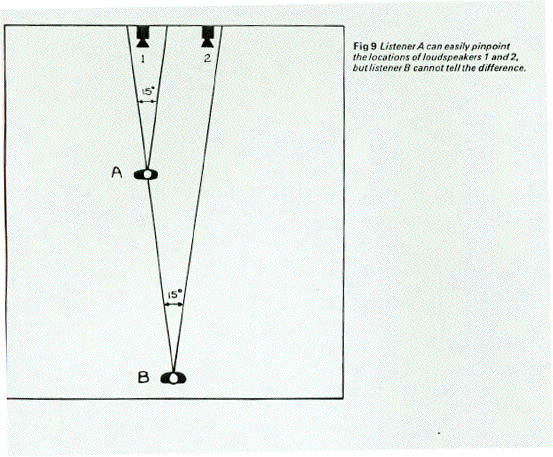
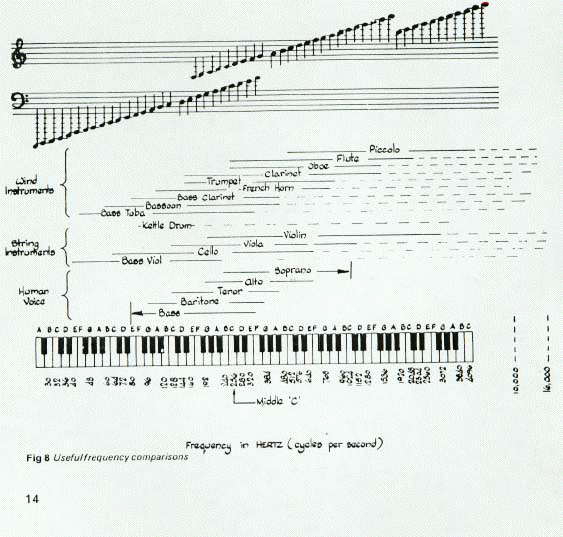
Envelope
Shape of sound as defined by how it begins, changes internally
over time, and how it ends.
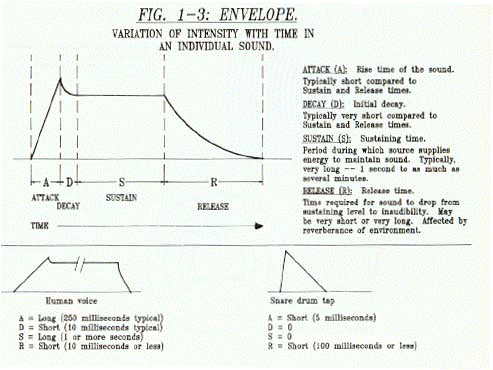
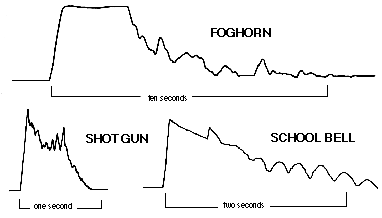
Reverberation
RT60: Time of decay 60 dB (1 millionth of original sound)
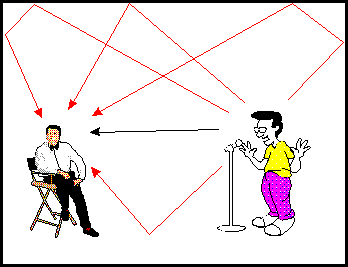
Directionality of various pitches (higher frequencies are more directional)
